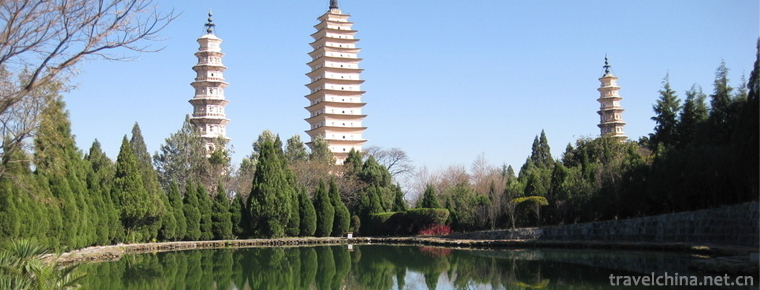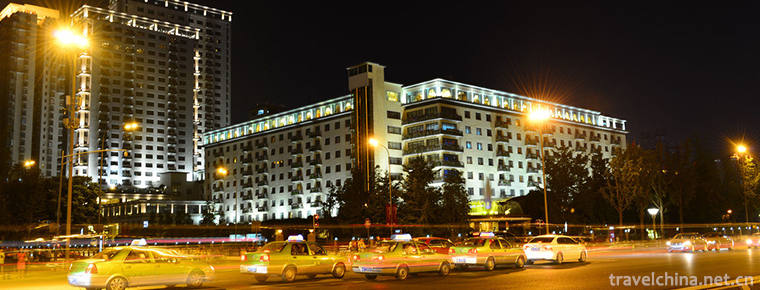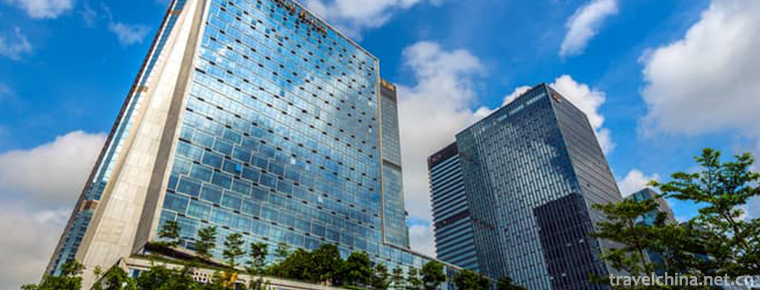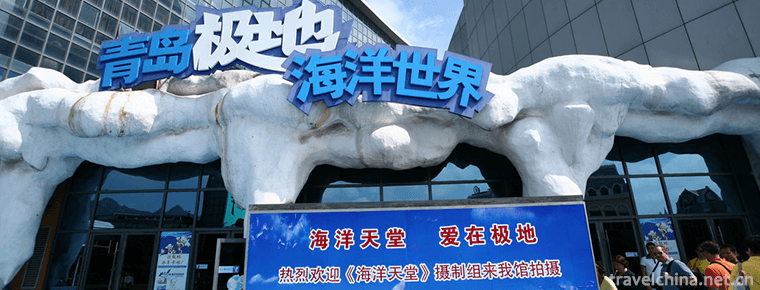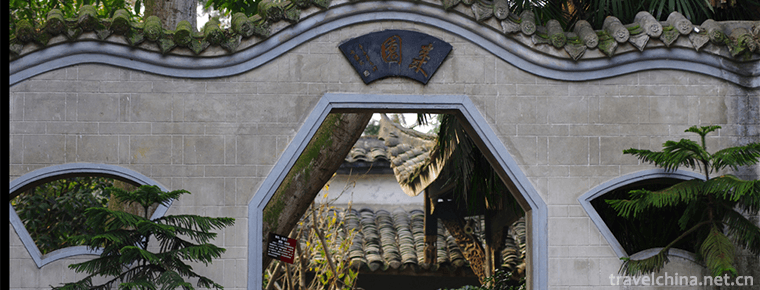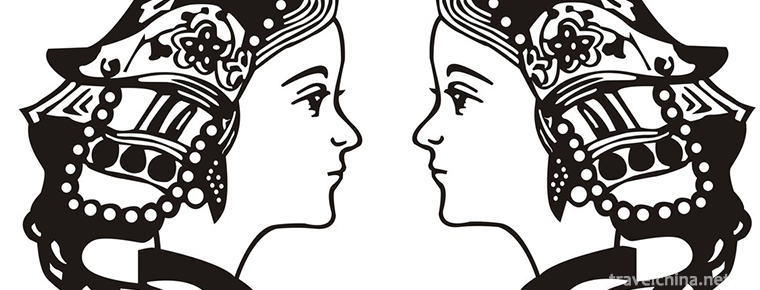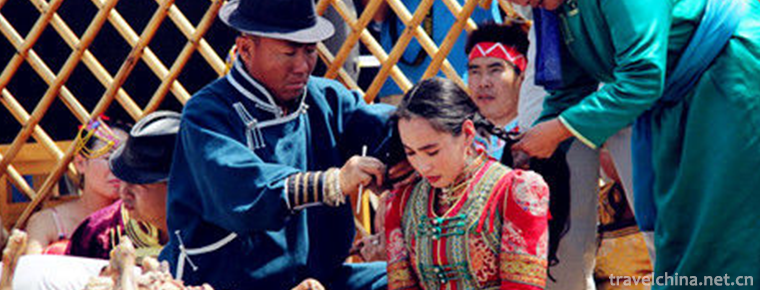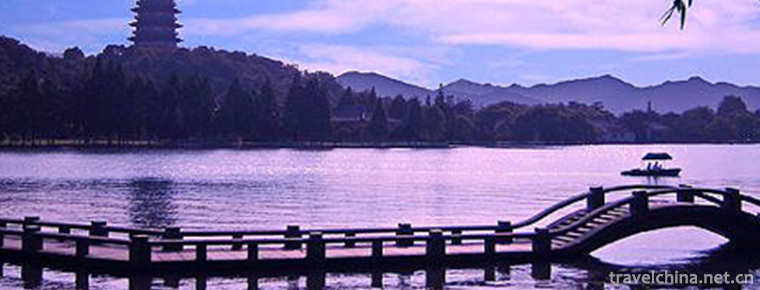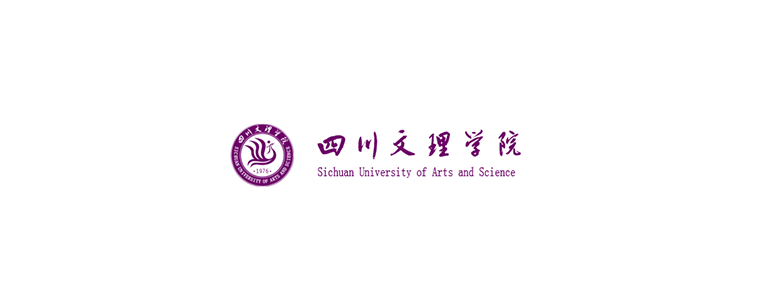Sanxingdui Museum
The Sanxingdui Museum was founded in August 1992 and opened in October 1997. It is located in the northeast corner of Sanxingdui Site, a national key cultural relic protection unit. It is situated on the West Yazi River of Guangzhou Seoul, 40 kilometers south of Chengdu and 26 kilometers north of Deyang. It is a modern thematic Heritage Museum in China. The Sanxingdui Museum has two pavilions with an exhibition area of nearly 12,000 square meters.
The first batch of national practical education bases for primary and secondary school students.
Development history
In April 1988, the Sanxingdui Museum Preparatory Office was established.
In March 1989, the main architectural design scheme of Sanxingdui Museum was approved.
In August 1992, the foundation of the Samsung Museum was laid.
In July 1994, the main Museum of Sanxingdui Museum was completed.
In June 1995, the formal design scheme of Sanxingdui Museum "Exhibition of Ancient Shu Culture in Ancient City" was approved.
In August 1996, the interior decoration and exhibition of Sanxingdui Museum, the construction of external gardens and ancillary buildings were fully carried out.
In October 1997, the Sanxingdui Museum was built and opened to show all the cultural relics of Sanxingdui.
In July 2008, the bronze Museum exhibition renovation project of Sanxingdui Museum was completed.
Important activities
On January 20, 2014, the online ceremony of Baidu Encyclopedia Sanxingdui Digital Museum was held in the Academic Presentation Hall of Sanxingdui Museum. More than 200 guests including Museum representatives, media representatives and experience tourists in Sichuan Province witnessed the official launch of Baidu Encyclopedia Sanxingdui Digital Museum.
On September 13, 2015, the Second Forum on the Protection of China-Africa Cultural Heritage was held in Chengdu. On September 14, African delegates visited the Sanxingdui Museum.
historical significance
The establishment of Sanxingdui Museum has brought people a new understanding of Bashu culture and changed the view of historians. That is to say, compared with the Central Plains area, the ancient Bashu area is a relatively closed place with little or no contact with the Central Plains civilization. The Sanxingdui Museum and its ruins prove that it should be an important cultural center around the Xia and Shang Dynasties, even earlier, and has a certain connection with the Central Plains culture, which verifies the authenticity of ancient Shu recorded in ancient documents. Previously, historians believed that the birthplace of the Chinese nation was the Yellow River Basin, and then gradually spread to the whole of China. The discovery of Sanxingdui pushed the history of ancient Shu to 5000 years ago, proving that the Yangtze River Basin was the birthplace of the Chinese nation as well as the Yellow River Basin, proving that the Yangtze River Basin had an ancient civilization no less than that of the Yellow River Basin. It shows the Yi culture of the ancient Qiang people.
Honor record
Sanxingdui
Museum has been one of the five major tourist attractions launched by Sichuan
Province, one of the first national AAAA-level tourist attractions, one of the
"50 most worthy places for foreigners to visit in China", the
National Youth Science and technology education base, the first museum in the
world to pass the sustainable development standard of "Green Globe
21" tourism and the certification of ISO 9001:2000 quality management
system standard, etc. Number.
Visiting information
Ticket information
Museum tickets: 80 yuan / sheet; 82 yuan / sheet (including postage).
(1) Active servicemen: 65 yuan per sheet (tickets purchased with my officer's certificate or soldier's certificate).
(2) Reporters: 65 yuan per sheet (tickets are purchased on the basis of the press card issued by the Press and Publication Administration or the General Administration of Radio, Television and Television).
(3) Students: 42 yuan per sheet (excluding adult education, private education, graduate students and above, only full-time students, with my student card to buy tickets).
(4) Old people aged 60 to 74: 42 yuan per ticket (with my ID card).
Old people aged 75 or above: ticket-free (with my ID card).
1.2 meters (including) the following children: ticket-free.
Retired cadres: No tickets (with my retirement certificate).
Disabled Army Personnel: Free of tickets (with my military disability certificate).
Disabled person: ticket free (with my disability certificate).
Opening Hours
Ticket Sales and Exhibition Hall Opening Time
Ticket selling time: 8:30-17:00
Opening time of exhibition hall: first exhibition hall 8:30-18:00, second exhibition hall 8:30-18:30
Traffic information
Sanxingdui Scenic Spot has convenient transportation, 108 National Highway, Chengdu-Mianyang Expressway and Baocheng Railway are all accessible. It's only 20 minutes'drive from Chengdu Zhaojuesi Station to Guanghan City, and it can go directly to Sanxingdui by No. 6 bus in Guanghan City.













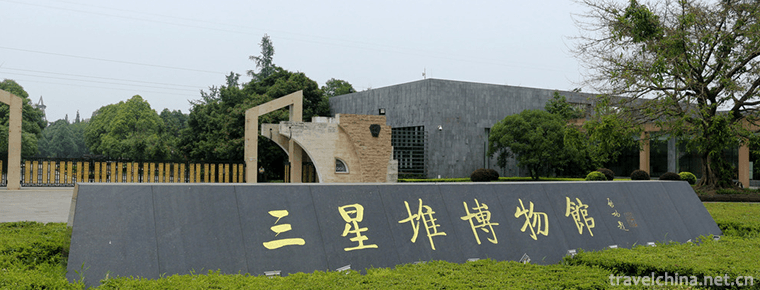
-
The Chongsheng Temple And The ThreePagoda
The Three Pagodas of Chongsheng Temple are situated 1.5 kilometers northwest of Dali ancient city.
Views: 172 Time 2018-10-17 -
Maiji Mountain Scenic Spot
Maiji Mountain, located in Maiji District of Tianshui City, Gansu Province, is a lone peak of Xiaolongshan, 142 meters high, named for its resemblance to wheat stacks.
Views: 126 Time 2018-12-12 -
Chengdu JinJiang Hotel
Jinjiang Hotel is the first five-star hotel in southwest China. It is located in Renmin South Road, the main road of Chengdu City, adjacent to the famous Funan River and echoes Tianfu Square.
Views: 137 Time 2018-12-16 -
Four Seasons Hotel Shenzhen
Four Seasons Hotel is an international luxury hotel management group, headquartered in Toronto, Canada. It was founded by Mr. Isado Sharp in 1961. Now it has more than 90 hotels and resorts in nearly .
Views: 384 Time 2018-12-16 -
Panlongxia Ecotourism Area
Panlongxia Ecotourism Area is located in the northwest of Deqing County, Guangdong Province, about 28 kilometers away from the county seat. The whole ecotourism area covers an area of 30,000 mu.
Views: 151 Time 2019-02-07 -
Qingdao Polar Ocean World
Qingdao Polar Marine World is located at 60 Donghai East Road, Laoshan District, Qingdao City, Shandong Province. It is a large marine world complex integrating leisure.
Views: 228 Time 2019-02-07 -
Xijiashan Folk House
Xijiashan Residence, a national key cultural relic protection unit and national AAAA-level tourist attraction, is located in Xijiashan Town, Jiang'an County, Yibin City, Sichuan Province.
Views: 491 Time 2019-02-25 -
Ah Shi Ma
Ashima, a traditional folk literature in Shilin Yi Autonomous County, Yunnan Province, is one of the national intangible cultural heritage..
Views: 229 Time 2019-03-28 -
Ordos Wedding
Ordos Wedding, one of the national intangible cultural heritages, is a traditional folk custom in Ordos City, Inner Mongolia Autonomous Region..
Views: 144 Time 2019-04-28 -
Mulao Effort Festival
Mulao people mainly live in Guangxi Zhuang Autonomous Region and call themselves "Ling" and "Jing". Yifan Festival is a unique traditional festival of Mulao nationality, with a str.
Views: 103 Time 2019-06-06 -
Legend of West Lake
The legend of West Lake is one of the local folklores in Hangzhou, Zhejiang Province. It is a national intangible cultural heritage list. Xihu beautiful mountains and rivers, snowflakes and moons, sin.
Views: 129 Time 2019-07-01 -
Sichuan University of Arts and Science
Sichuan Academy of Arts and Sciences, located in Dazhou City, Eastern Sichuan Province, has a history of running higher education which can be traced back to Longshan Academy in late Qing Dynasty, whi.
Views: 145 Time 2019-08-31
